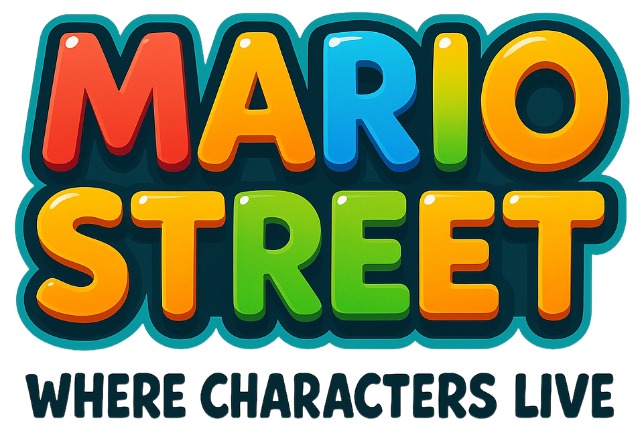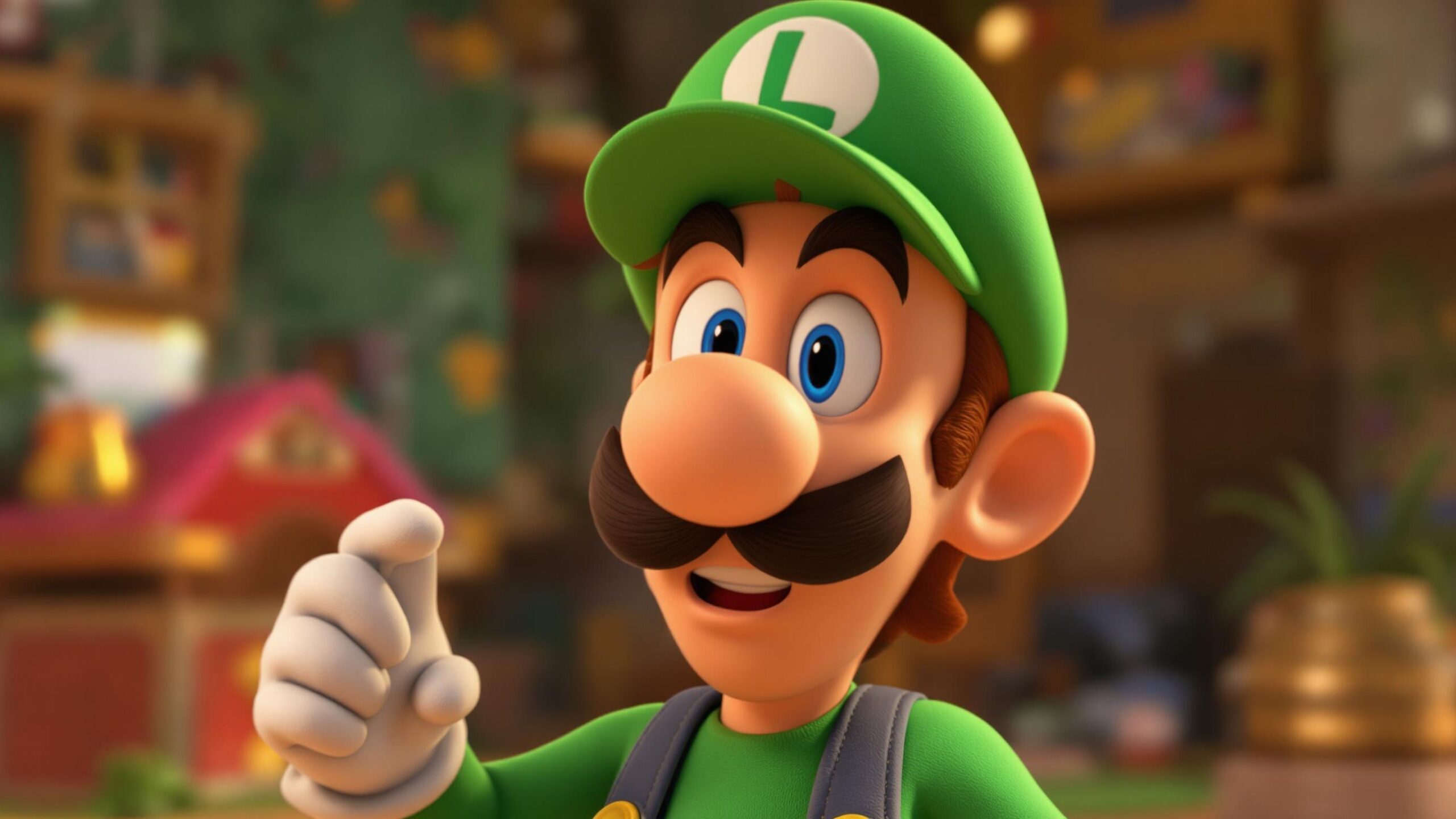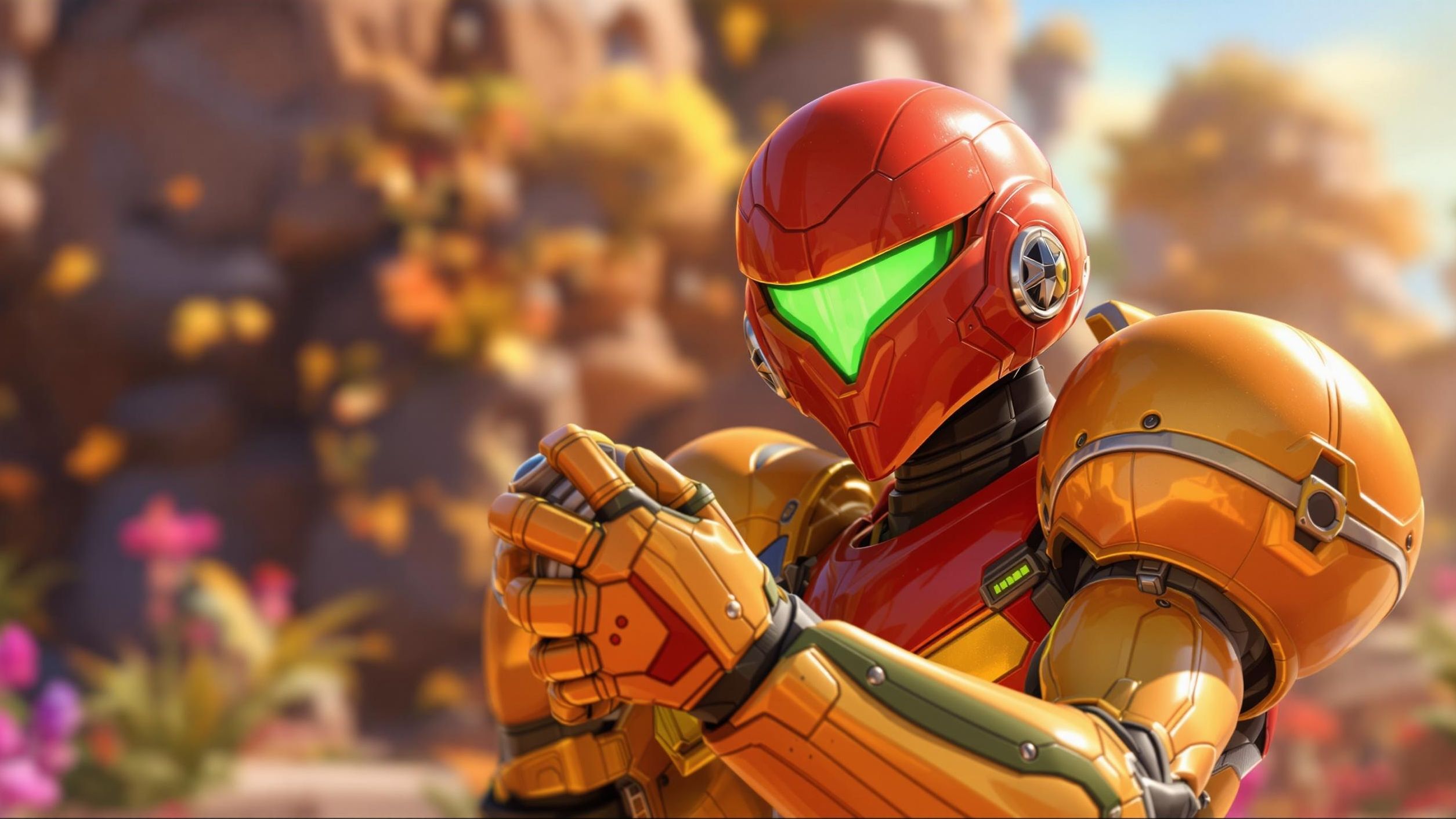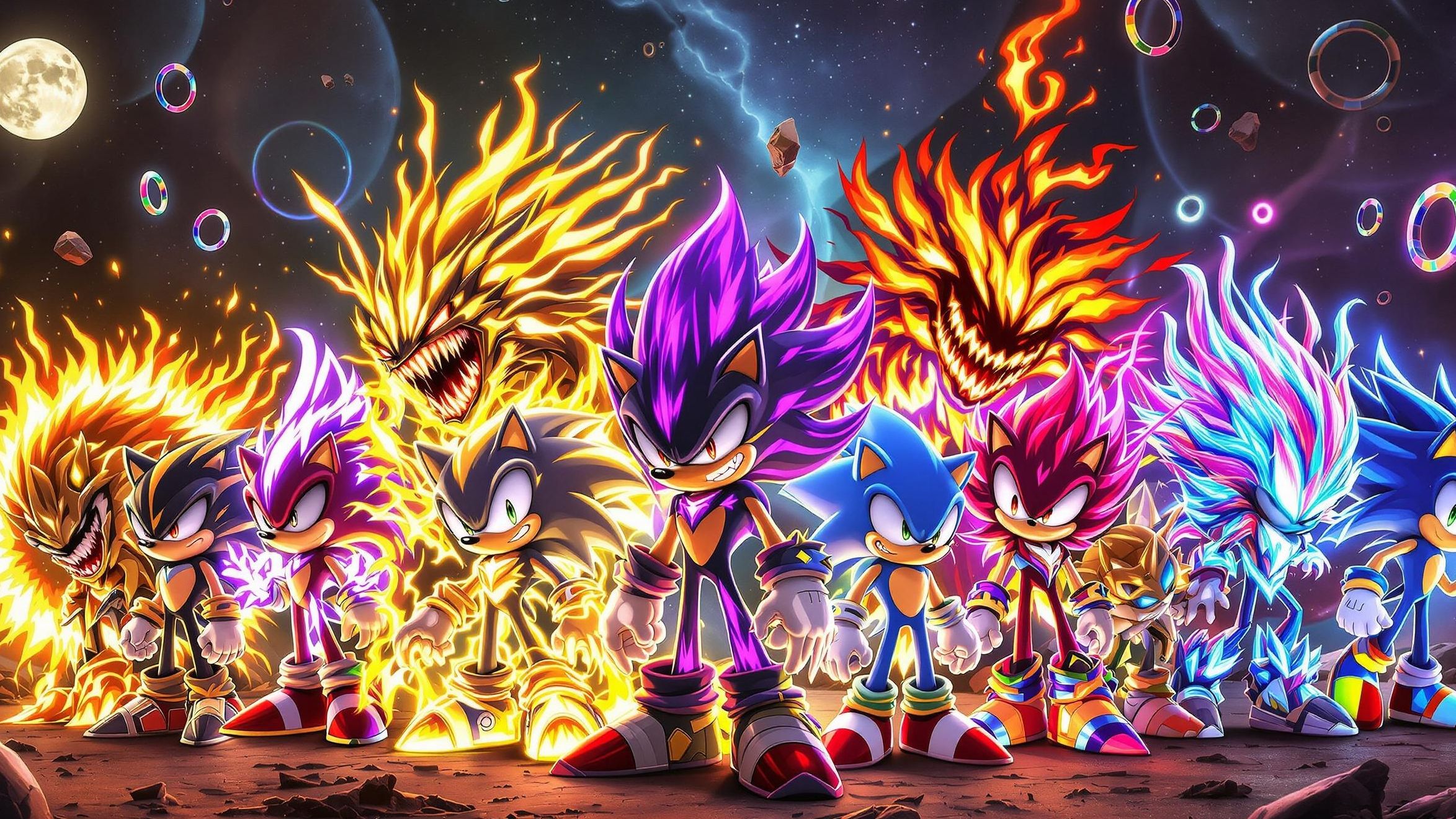Long before the age of online gaming and cinematic cutscenes, one hungry yellow circle changed the world. Released in 1980, Pac-Man wasn’t just a hit arcade game—it was a cultural explosion that redefined entertainment, branding, and video game design. But behind the chomping sound effects, ghostly chases, and iconic mazes lies a fascinating, often-overlooked journey. This is the untold history of Pac-Man: a tale of design innovation, unlikely global success, pop culture domination, and digital reinvention.
The Power Pellet of an Idea
Pac-Man’s origins are as delightfully strange as the game itself. In the late 1970s, Japanese video game developer Toru Iwatani, then working at Namco, was frustrated with the violent, alien-blasting games dominating arcades. He wanted to make something more inviting—especially for women. Inspiration struck during a meal. Legend has it that after removing a slice from a pizza, Iwatani saw the remainder and thought, “This is a character.” Whether myth or memory, that simple shape—round, friendly, and open-mouthed—became Pac-Man. Iwatani didn’t just design a character; he engineered a phenomenon. The game’s core mechanics were rooted in eating, pursuit, and survival—but with none of the aggression found in popular games like Space Invaders. Instead, Puck Man (as it was originally known in Japan) offered a maze to explore, pellets to munch, and four colorful ghosts to outwit. But when the game was prepped for international release, there was concern that “Puck” could be easily defaced into something inappropriate on arcade cabinets. Thus, Pac-Man was born.
Chomping Through the Arcades
When Pac-Man hit arcades in 1980, few could predict its impact. Unlike anything before it, the game was vibrant, quirky, and non-violent. Players immediately took to its simplicity and charm. At a time when video games were seen as niche, Pac-Man appealed to broader demographics—especially women and children. Arcades that had once been dominated by testosterone-fueled shoot-‘em-ups were now echoing with the rhythmic sound of munching dots and ghostly theme music. The game became a phenomenon in the United States, raking in billions of quarters. By 1982, it was estimated that over 30 million Americans were playing Pac-Man regularly. Arcades turned into Pac-Man arenas. Players memorized patterns, chased high scores, and battled through level after level of ever-faster ghostly foes. The game’s balance of logic and reflex, along with its colorful aesthetic, made it both accessible and endlessly challenging. It wasn’t just a hit—it was the first true video game superstar.
Ghostly Foes and Genius AI
While Pac-Man himself was instantly memorable, the ghosts—Blinky, Pinky, Inky, and Clyde—added depth and complexity that elevated the game beyond simple repetition. Each ghost had its own unique behavior. Blinky chased. Pinky tried to ambush. Inky was unpredictable. Clyde, oddly enough, would sometimes just wander off. This AI sophistication, rare for the time, created a sense of dynamic pursuit and strategic play. It wasn’t just about running; it was about outsmarting. These ghosts became as iconic as Pac-Man himself, spawning theories, strategy guides, and debates for decades. Players learned to manipulate patterns, bait enemies, and navigate the maze with dance-like precision. The thrill of dodging a quartet of ghosts with pixel-perfect timing became one of gaming’s earliest examples of “flow state.”
Pac-Man Fever: The Pop Culture Explosion
By 1982, Pac-Man was more than a game—it was a cultural phenomenon. “Pac-Man Fever” was not just a catchphrase—it was a Billboard-charting novelty song. There was a Pac-Man cartoon, a breakfast cereal, clothing lines, lunch boxes, board games, and even pasta shapes. Pac-Man appeared on magazine covers, in Saturday morning commercials, and as a mascot of modern entertainment. Merchandising deals exploded, and Pac-Man became the face of a medium still struggling for legitimacy. Unlike Mario, who would emerge later as a platforming legend, Pac-Man became the symbol of a generation’s first real encounter with digital entertainment. He was simple, family-friendly, and instantly recognizable—qualities that made him the Mickey Mouse of video games.
Ms. Pac-Man and a Twist of Controversy
Interestingly, one of the most influential chapters in Pac-Man’s history didn’t come from Namco itself. In the early 1980s, a group of American developers at General Computer Corporation created an enhancement kit for Pac-Man called Crazy Otto. When they brought it to Midway (the company distributing Pac-Man in North America), it was retooled and released—without Namco’s involvement—as Ms. Pac-Man. And just like that, Pac-Man had a partner—and a rival. Ms. Pac-Man introduced new mazes, improved AI, and a stronger challenge. Many considered it superior to the original. The game was also a landmark moment in representation: one of the first female protagonists in video gaming history. Ms. Pac-Man wasn’t just pink Pac-Man with a bow—she was a star in her own right, outselling the original in some markets and leading to a long-running debate over which version is the definitive Pac experience. The situation sparked legal disputes between Namco and Midway and led to a fracture in their business relationship. Still, Ms. Pac-Man’s success could not be denied, and she cemented herself as an equal partner in Pac-Man’s legacy.
The Great Maze of Decline and Comebacks
After the arcade boom, Pac-Man, like many retro icons, faced challenges adapting to changing times. The late ’80s and early ’90s brought the rise of consoles and more complex game genres. Pac-Man experimented with 3D platformers like Pac-Man World, RPG-style games, and even pinball crossovers. Some worked better than others. Games like Pac-Mania and Pac-Attack tried to blend the familiar with newer trends, but they never quite reached the height of the original. Still, Pac-Man remained in public consciousness through constant reinvention. From handheld LCD games to mobile apps, Pac-Man proved adaptable. Unlike some retro characters who vanished into obscurity, Pac-Man always found a new corner of the maze. Then came Pac-Man Championship Edition, released in 2007. Developed under the watchful eye of creator Iwatani himself, this neon-soaked reinvention took the core gameplay and added speed, strategy, and rave-like visual design. It was hailed as a brilliant modern reboot, introducing Pac-Man to a new generation of gamers while honoring the original.
A Legacy Beyond the Game
Pac-Man’s legacy isn’t just in the pixels—it’s in what he represented. He was the first video game character to cross over into mainstream media. He taught developers about the importance of accessible design, of character identity, and of music’s power in gameplay. He helped legitimize video games as a cultural force. More than that, Pac-Man shaped the idea of games as emotional experiences. The feeling of desperation when you’re cornered by ghosts. The elation of clearing a level. The strategy of setting up your escape route. These were moments shared by millions, creating a global gaming language long before the internet made such things common.
Pac-Man Today: Still Chomping Strong
Today, Pac-Man remains one of the most recognized characters in the world. He’s a staple of retro collections, mobile games, and even eSports (with Pac-Man 99). He appears in crossover fighting games like Super Smash Bros., rubs elbows with Mario and Pikachu, and even starred in Hollywood’s Pixels (for better or worse). Pac-Man’s legacy is also honored through countless homages and references across pop culture, from The Simpsons and Family Guy to high fashion and fine art. He’s more than a character—he’s a symbol of where gaming started, and how far it’s come.
The Eternal Maze
The untold history of Pac-Man is really a story about change—about how a humble idea born from a pizza became one of the most influential icons in digital entertainment. He’s a reminder that great design comes from thinking differently. That simplicity can lead to global success. And that sometimes, a yellow circle with a mouth can shape the future of an entire industry. As long as there are dots to eat and ghosts to dodge, Pac-Man will keep moving. Through new mazes, modern screens, and generations of players—chomp by chomp, level by level—he remains the smiling, ever-hungry symbol of play itself.



